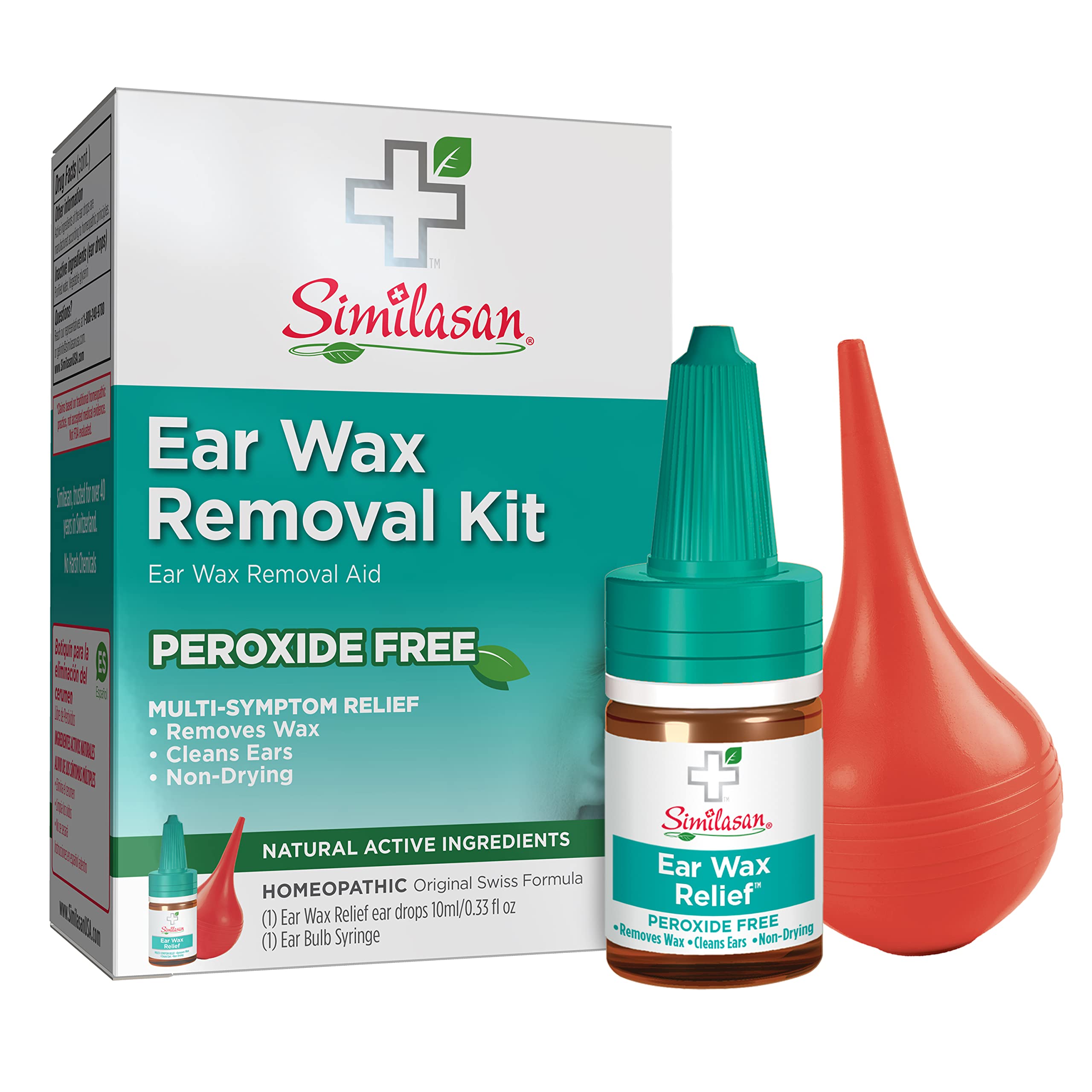
Ear wax, also known as cerumen, is a natural substance produced by the glands in the ear canal. While it may not be the most glamorous topic, ear wax plays a crucial role in protecting our ears and maintaining their health. Despite its benefits, ear wax can often be a source of frustration and confusion for many people. Understanding the mysteries surrounding ear wax can help demystify this common but often misunderstood substance.
Composition of Ear Wax
Ear wax, also known as cerumen, is a waxy substance produced by the ceruminous glands in the ear canal. It is composed of a unique blend of secretions from these glands, along with a variety of other components such as dead skin cells and hair.
The primary function of ear wax is to protect the ear canal by trapping dust, dirt, and other foreign particles that could potentially harm the delicate structures of the ear. It also helps to moisturize the skin in the ear canal, preventing dryness and irritation.
In addition to its protective role, ear wax contains antibacterial properties that help to fend off infections and maintain the health of the ear canal. Despite its often misunderstood nature, ear wax plays a crucial role in the maintenance of ear health.
Functions of Ear Wax
Ear wax serves as a natural protective barrier, guarding the delicate ear canal against debris, dust, and other foreign particles. This helps prevent potential infections and irritation in the ear, maintaining its overall health and well-being. Additionally, ear wax plays a crucial role in lubricating the ear canal, ensuring that it stays moisturized and functioning optimally.
Another essential function of ear wax is its self-cleaning mechanism. As new skin cells form in the ear canal, the ear wax gradually moves from the inner ear to the outer ear. Ear Wax Removal Exmouth This movement carries away any trapped dirt, dead skin cells, and bacteria out of the ear canal. In essence, ear wax acts as a self-regulating system that helps keep the ear clean and free from harmful substances.
Furthermore, ear wax has antimicrobial properties, which means it possesses the ability to fight off certain types of bacteria and fungi. By creating an acidic environment in the ear canal, ear wax helps inhibit the growth of harmful microorganisms, reducing the risk of infections. This antimicrobial activity contributes significantly to the overall defense mechanisms of the ear, supporting its natural ability to maintain a healthy and balanced environment.
Proper Ear Wax Management
The key to proper ear wax management is to avoid inserting anything smaller than your elbow into your ear canal, as this can push the wax deeper and cause blockages. A gentle approach is best when cleaning your ears to prevent irritation or injury.
Using over-the-counter ear drops can help soften ear wax for easier removal. It’s important to follow the instructions carefully to prevent any damage to your ear canal. Seek medical advice if you experience hearing loss, pain, or persistent symptoms.
Regular check-ups with a healthcare professional can help monitor your ear health and ensure that any ear wax issues are addressed promptly. Remember, ear wax is a natural and protective substance that only needs attention if it causes discomfort or affects your hearing.